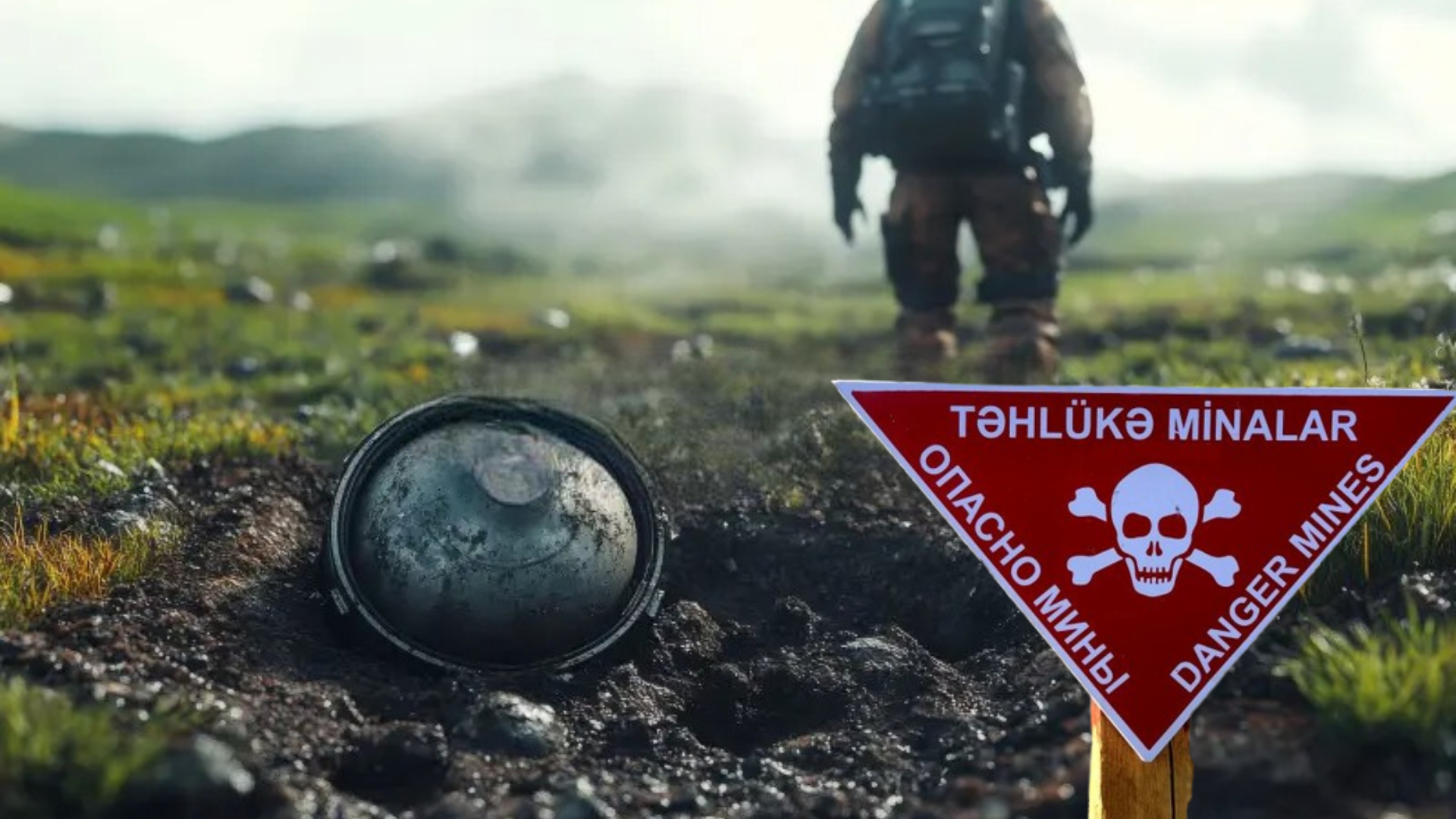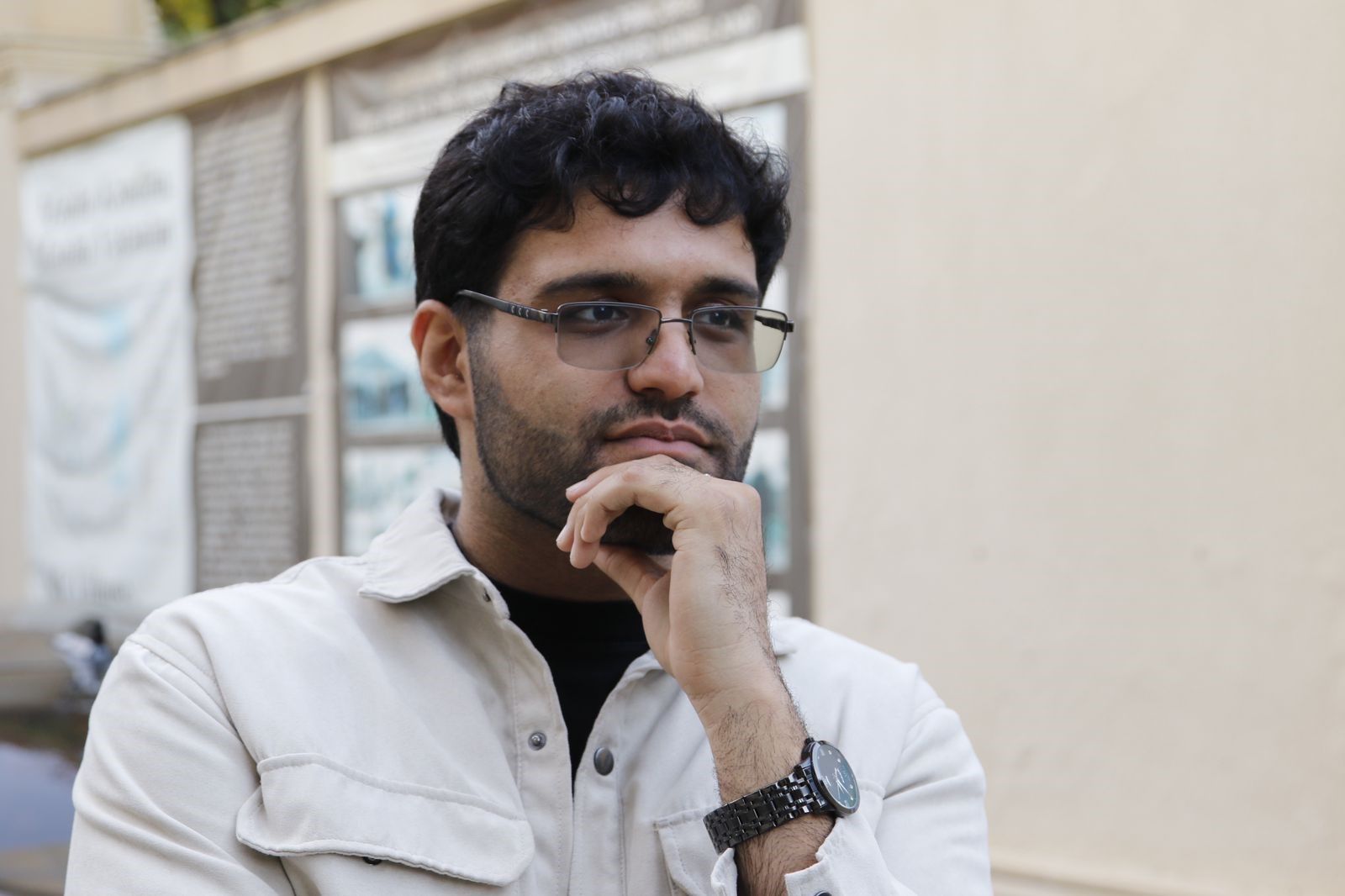False maps and real victims: Armenia's mine map claims crumble under civilian casualties

The Armenian side continues to express its misguided stance regarding peace, humanitarianism, and security. While Armenian officials speak of humanitarian gestures and accurate minefield maps, the reality on the ground in Azerbaijan tells a different, harrowing story. In what can only be described as another carefully crafted manipulation campaign, Armenian Foreign Ministry spokesperson Ani Badalyan recently claimed that “Armenia has fulfilled its humanitarian obligations” by unilaterally providing Azerbaijan with minefield maps on multiple occasions, both in 2021 and early 2024.
Badalyan asserts that the maps were correct and blames Azerbaijan for questioning their reliability. She even added that Armenia is “ready to verify the maps with international experts,” framing Armenia as a cooperative, peace-seeking party. Yet such declarations starkly contrast with the bloodied and amputated bodies of Azerbaijani civilians, children, and deminers injured or killed in areas supposedly covered by these “accurate” maps.
Just this week, today in fact, a tragedy struck in the Aghdam region when a landmine exploded in the village of Galaychilar, injuring three members of the same family — a man and his two young children. According to the Management Union of Medical Territorial Units (TABIB), the father, born in 1983, suffered a traumatic amputation of his right hip and remains in critical condition. His children, born in 2012 and 2014 respectively, sustained multiple shrapnel wounds to their limbs, chest, abdomen, and arms. Their conditions are stable, but the psychological and physical scars will be long-lasting.
This horrific incident came on the heels of another explosion in Mehdili village in the Jabrayil region. There, an employee of the Azerbaijan Mine Action Agency (ANAMA), Heydar Khankishiyev, was severely injured while performing demining duties. His right ankle had to be amputated.
These recent cases are not isolated. Since the end of the Second Garabagh War, 388 Azerbaijanis have been killed or injured by landmines — including 70 fatalities, 55 of them civilians. A staggering 318 others have been wounded, according to ANAMA. The carnage continues despite Armenia’s repeated claims of having provided accurate and complete minefield maps. If those maps were even remotely reliable, why does the number of landmine victims continue to rise?
Azerbaijan’s Foreign Ministry has been vocal in challenging these fabrications. In a public statement, it emphasized that Armenia’s maps cover only a fraction of mined areas and are barely 25% accurate. Over half of recent landmine incidents have occurred outside the areas allegedly mapped. Armenia had initially estimated 400,000 mines; the real number is closer to 1.5 million.
Behind the polished press statements and legal defenses lies an ugly reality: a deliberate and sustained effort by Armenia to weaponize landmines as a tool of post-war sabotage. Far from being an act of goodwill, Armenia’s partial and misleading provision of minefield maps serves as a dangerous smokescreen — one that has already cost hundreds of lives.
Adding insult to injury, Badalyan cited the International Court's decision not to apply provisional measures against Armenia, attempting to dismiss Azerbaijan's accusations. Yet legal technicalities cannot erase the human cost of deliberate negligence and misinformation. The tears of mothers and the cries of injured children cannot be silenced by courtroom jargon.
The international community must not be swayed by this charade. Azerbaijan has consistently called for urgent action, asking its global partners to support its demining efforts and hold Armenia accountable for its violations of humanitarian law. Baku is now expanding its outreach, with plans to host an international conference in Aghdam this May on “The Impact of Mines and Unexploded Ordnance on Cultural Property,” followed by events in Zangilan and Baku to address the environmental devastation caused by landmines.
Moreover, Azerbaijan’s recent agreement with the UN Development Programme to establish a “Centre of Excellence” for mine action education reflects a broader commitment: to transform a national tragedy into global expertise that can benefit other post-conflict regions.
Armenia, however, continues to cling to its disinformation campaign, branding itself a victim while its actions persistently undermine peace and recovery efforts. If Yerevan truly seeks peace and humanitarian progress, it must come clean — fully and transparently — and hand over all accurate minefield data without caveats, conditions, or propaganda.
Until then, the minefields of Garabagh will remain not only physical death traps but also symbols of a political duplicity that betrays the very ideals of peace and human dignity.
Here we are to serve you with news right now. It does not cost much, but worth your attention.
Choose to support open, independent, quality journalism and subscribe on a monthly basis.
By subscribing to our online newspaper, you can have full digital access to all news, analysis, and much more.
You can also follow AzerNEWS on Twitter @AzerNewsAz or Facebook @AzerNewsNewspaper
Thank you!

